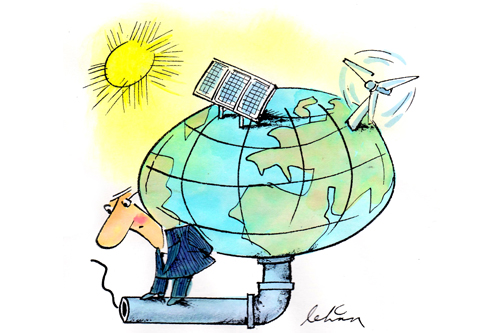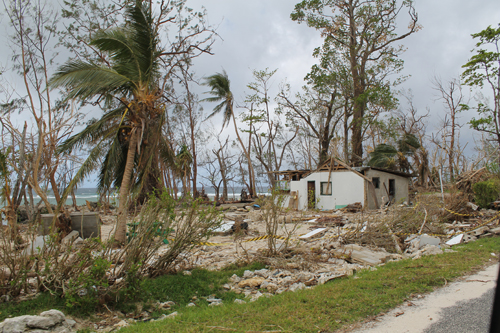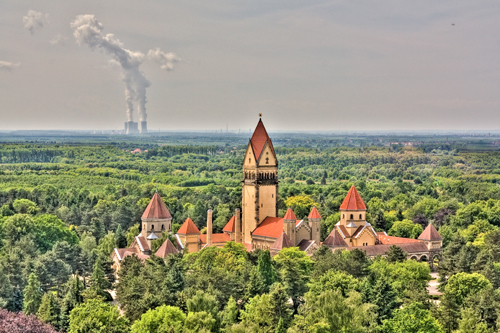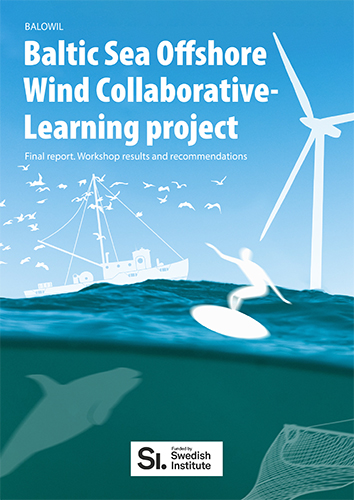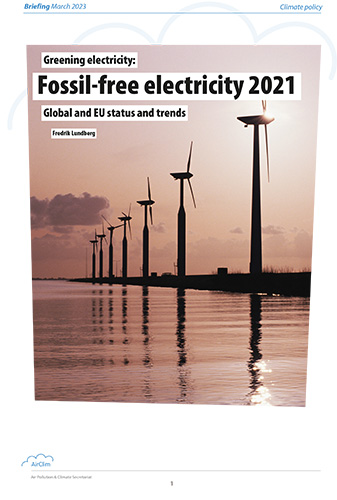
Norwegian CCS ambitions might move to the EU
 Norwegian technology for export. Photo: Matthias J.W./flickr.com/ CC BY-NC-SA
Norwegian technology for export. Photo: Matthias J.W./flickr.com/ CC BY-NC-SA
Norway wants an agreement with the EU on collective delivery of a common climate target. This could make it easier to finance a full-scale CCS plant in one of the EU member states.
In early February 2015, the Norwegian government published a White Paper on its climate policies. The government states among other mitigation measures that its ambition is to build a full-scale demonstration Carbon Capture and Storage (CCS) plant. However, it avoids saying how, where and when. In reality, the government does not promise anything tangible. It will for example “continue to investigate the possibilities for a full-scale demonstration of CCS in Norway” before 2020. It will also “continuously evaluate the possibilities for a full-scale demonstration of CCS in other countries”.
The part of the White Paper that attracted the most publicity was the agreement between the Norwegian government and the European Union to become part of the EU “climate bubble”. This means that Norway wants to adopt common climate goals with the EU, and share the responsibility for reaching them. In consequence, the government is raising its climate mitigation goal from 30 to 40 per cent reduction by 2030 compared to 1990. Three different conditions have to be met:
Norway should conclude an agreement on common implementation of climate mitigation goals with the European Union. The parties to the UN climate agreement to be signed in Paris in December 2015 should accept that Norway implements its contribution to the UN climate agreement in co-operation with the EU.
Through an agreement with the European Union, Norway should have the possibility to cover parts of its contribution for the non-quota regulated sector under the same conditions as the other countries in the EU.
Alternatively, without an agreement with the European Union, the system of flexible mechanisms from the Kyoto Protocol will continue in some form under a UN climate agreement for the period 2013 to 2020, and Norway should have the opportunity to cover parts of its contribution through these mechanisms.
It goes without saying that the government may not feel obliged to fulfil the 40 per cent reduction goal by 2030 if none of these conditions are met.
If an agreement is reached with the EU, this also opens up new possibilities for the Norwegian implementation of its climate goals. It could, for example, be easier to finance part of a full-scale demonstration CCS plant in one of the EU countries, rather than building one in Norway. Or it could buy EU climate certificates to cover a large part of its emissions. Both could then be counted as part of Norway’s contribution to achieving the common climate goal with the EU under the UN climate agreement.
Nothing will be concluded in 2015, maybe not even in 2016. A finalization of the agreement between Norway and the EU will have to wait for the EU climate regime to be agreed internally. The likely outcome of the Paris negotiations in December this year will be a framework agreement. A continuation of the flexible mechanism will probably be decided later.
Becoming part of the EU climate bubble may cause further delay in the implementation of Norwegian internal climate measures, but some NGOs in Norway, such as Bellona, consider this to be the better of two evils: No Norwegian effective climate policies outside the EU climate regime, or hopefully in the longer term implementation forced by the EU institutions and compliance regime. Other NGOs are undecided; the debate has barely started.
Tore Braend
APC 32 Carbon Capture and Storage in Norway – The moon landing that failed can be downloaded

 Download this issue
Download this issue